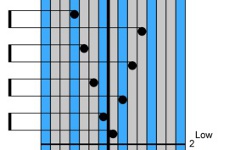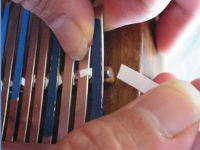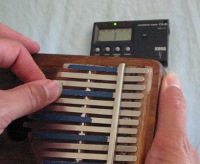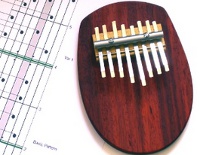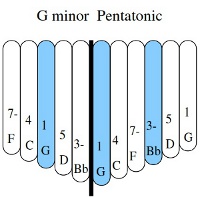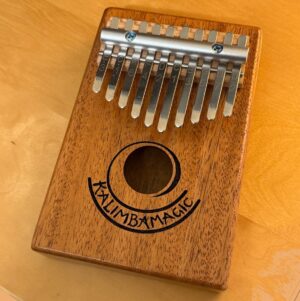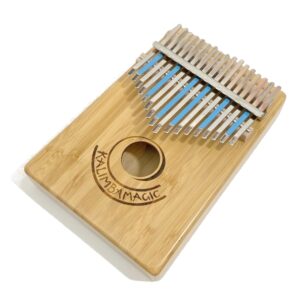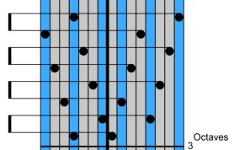
TIP: Playing the Scale – in Octaves
Because two notes separated by an octave are on opposites sides of the kalimba, you can play them at the same time! The two previous tips illustrated how to play the upper octave G major scale and the lower octave G major scale on the Alto kalimba. This tip combines the upper and lower scales and plays them at the same time. The upper octave scale on the Alto kalimba goes left – right…. while the lower octave scale goes right – left. This means that while your left thumb is playing the middle G, your right thumb can play the low G. When the right thumb is playing the
